The risk was not on the radar — until the operating room went dark. A legacy power system, flagged years earlier during a routine audit, finally failed. Patients were safe, but surgeries had to be rescheduled, and the repair came with a price tag five times higher than the original replacement estimate.
This scenario is not rare. In fact, it is becoming routine. For example, in January 2025, Walter Reed National Military Medical Center suffered extensive flooding after burst pipes damaged dozens of rooms and critical equipment, forcing the deferral of over 200 patient visits and the relocation of 56 surgeries. The incident was attributed in part to aging infrastructure, and it left key hospital services inoperable for weeks.
Hospital systems nationwide are burdened with a growing backlog of capital renewal projects for critical infrastructure, quietly eroding reliability and financial stability. While executive teams focus on expanding care access and updating clinical tech, the facility’s aging infrastructure — from boilers and chillers to switchgear and exhaust systems — sinks deeper into disrepair.
The problem? These assets do not generate revenue, and capital expense budgets are already spoken for. But the longer hospital officials wait, the higher the costs become in dollars, downtime and operational risk.
An underrated threat to stability
More than one-half of hospital and health system facilities leaders oversee at least one facility that is over 50 years old, according to a 2024 ASHE survey. With that age often comes hidden liabilities — inefficient mechanical systems, outdated controls, failing insulation and vulnerable backup power.
These issues might not appear urgent — until they are. In fact, the ASHE survey estimated that U.S. healthcare facilities face more than $390 billion in deferred maintenance needs, a figure that continues to grow as infrastructure ages without renewal.
Related Content: 9 Steps to a Successful Healthcare Capital Project
And the repairs are not cheap. Emergency HVAC repairs can cost two-three times more than scheduled upgrades. Every hour of downtime for a critical system translates into operational disruptions, compliance complications and reputational strain.
Facility management costs rose by nearly 33 percent between 2019 and 2022, according to a 2025 study of 27 hospitals in Lombardy, Italy, with utility costs up 37 percent and maintenance expenses up almost 19 percent — partly due to aging systems and increased regulatory demands.
In systems with dozens of facilities, even minor neglect multiplies. A leaky steam trap here or a faulty damper there, multiplied across campuses and years, can quietly siphon millions in unplanned spending. A 2021 audit of the U.S. Department of Veterans Affairs hospital network found that deferred maintenance costs in just one region ballooned from $599 million to $1.4 billion over nine years, with only 18 percent of approved projects completed, leaving critical infrastructure in poor or failing condition and amplifying operational risk.
Energy-as-a-service strategies
For most hospitals, capital expenditures are reserved for visible improvements — surgical suites, imaging tech and revenue-driving expansions. Infrastructure upgrades, though essential, often lose out. Yet these upgrades do not have to come from capital reserves.
The energy-as-a-service (EaaS) model allows hospitals to use future energy savings to fund infrastructure improvements. It converts necessary upgrades of HVAC systems, lighting, building controls and emergency generators from capital liabilities into strategic investments using operational dollars.
Under this model, projects are financed through guaranteed utility savings. There is no need for upfront capital expenditures, and contracts often include performance tracking to ensure savings are realized.
Caleb Haynes is vice president of business development at ENFRA — previously Bernhard — a provider of energy infrastructure and EaaS solutions.
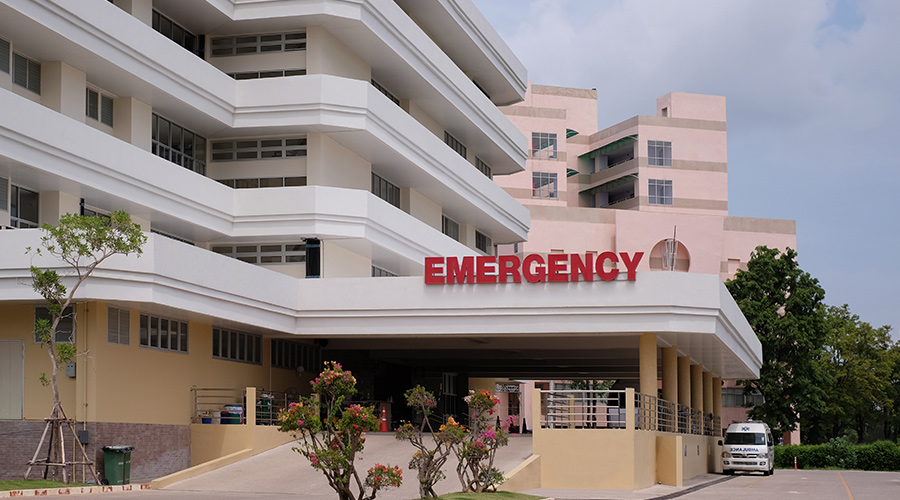
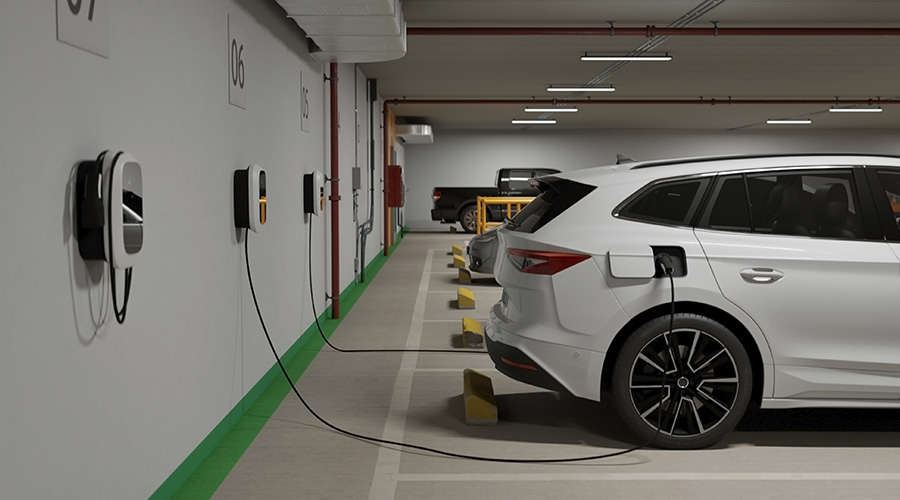 EV Charging Stations: Planning for Safety, Convenience, Expansion
EV Charging Stations: Planning for Safety, Convenience, Expansion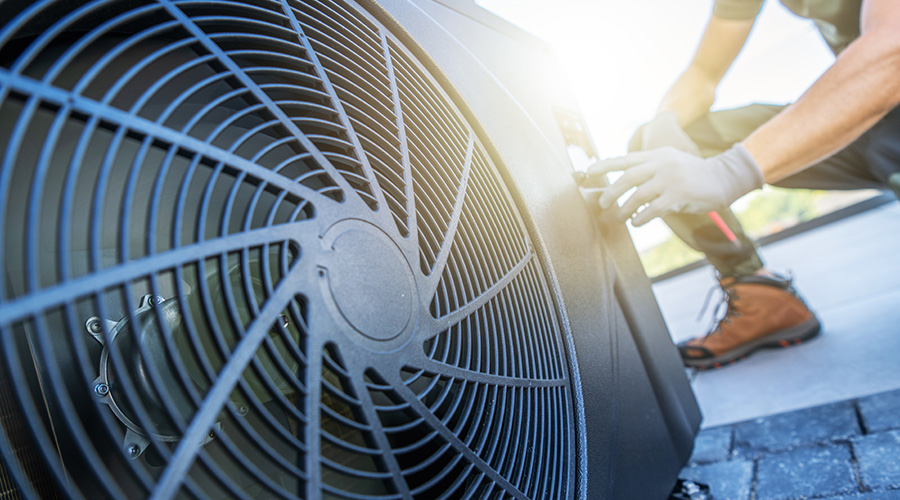 Why Ambulatory Surgery Centers Are Turning to Dedicated HVAC Systems
Why Ambulatory Surgery Centers Are Turning to Dedicated HVAC Systems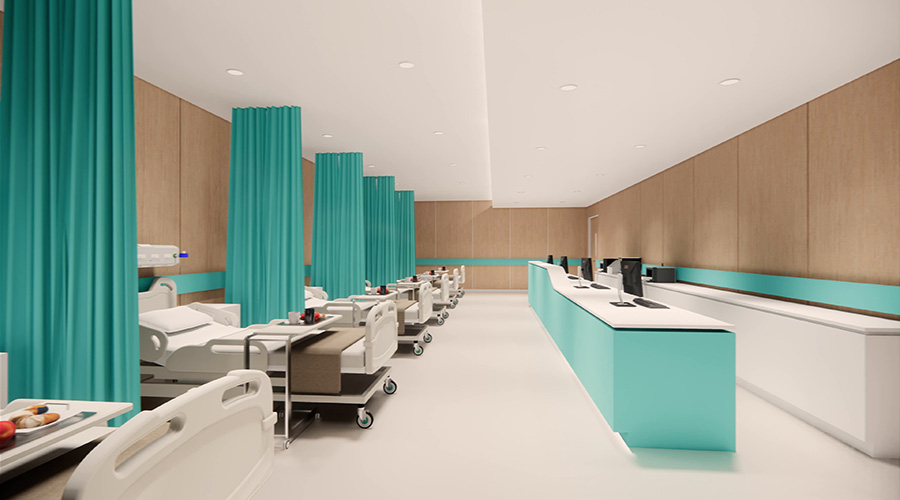 Ground Broken on UW Health University Row Medical Center
Ground Broken on UW Health University Row Medical Center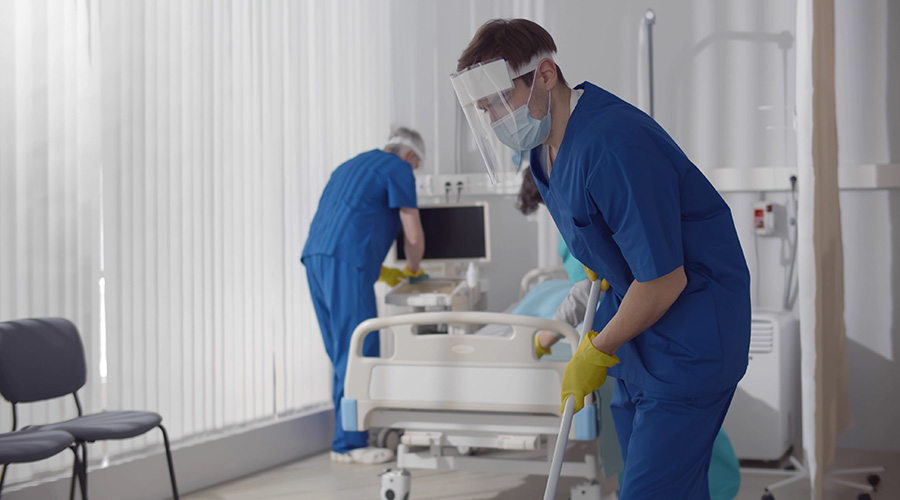 Better, More Thorough Cleaning Saves Lives
Better, More Thorough Cleaning Saves Lives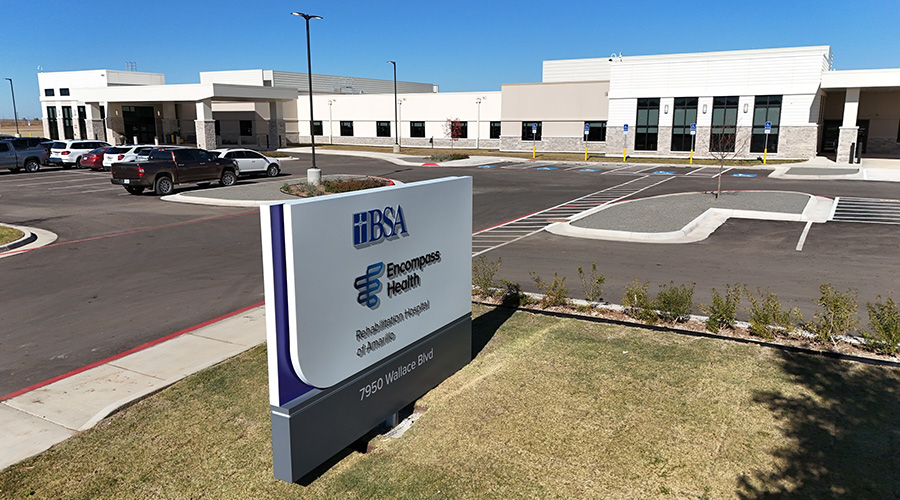 Encompass Health Opens the Rehabilitation Hospital of Amarillo
Encompass Health Opens the Rehabilitation Hospital of Amarillo